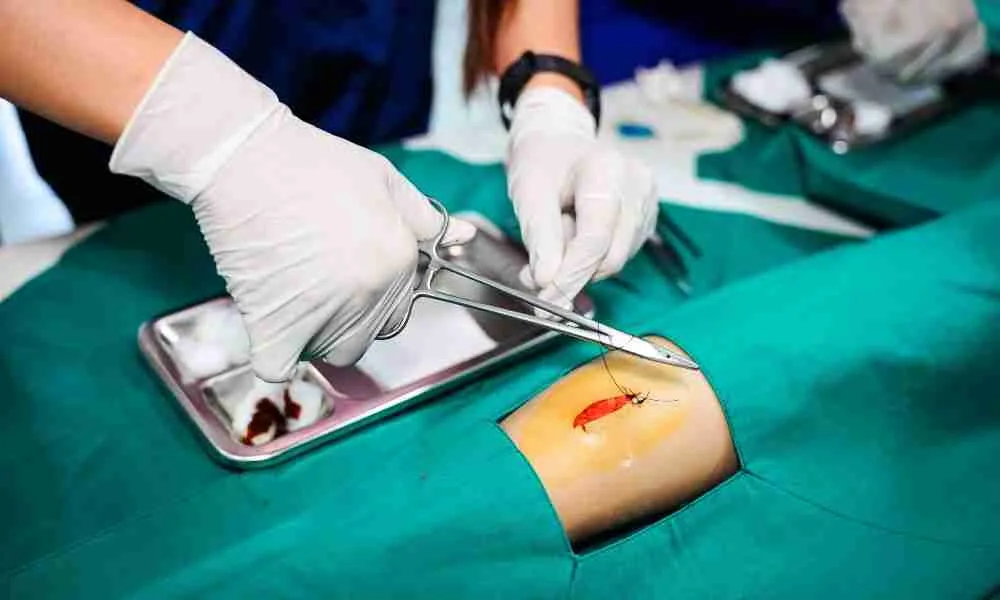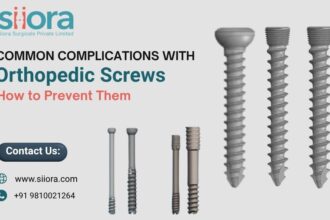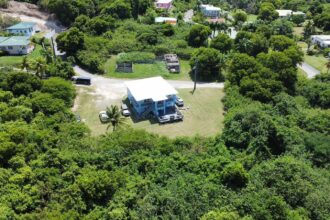Limb lengthening, also known as growth surgery or heightening surgery, is a surgical procedure to increase the length of bones, typically in the legs or arms, while also stretching the surrounding muscles. Limb lengthening is a time consumeing and physically demanding process. It is important to know about the procedure, complications, and other treatments like knee replacement surgery and hip replacement surgery.
This surgery has two main types. The first one is external surgery. It is a light, thin metal frame, and the second one is an internal surgery. Limb lengthening takes advantage of the body’s natural ability to create new bone.
What is Limb Lengthening Surgery?
Limb lengthening is one of the operations to minimize or remove differences in the length of the limbs. This procedure is carried out through the extension of one bone in a patient’s arm or leg, and at the same time, the tissues around the bone, such as muscles, tendons, and ligaments are also stretched.
There are three stages: surgery, distraction, and consolidation. Patients stay in the hospital for at least one night after this procedure. The second stage begins after their limb lengthening treatment patients need rest for a week.
Types of Limb Lengthening Surgery
This type of growth surgery has two main types:
- External surgery: The external fixator is performed in an operating room, normally under general anesthesia. External fixation is also used in limb lengthening. Typically, the bone is cut diagonally in a surgical procedure.
- Internal surgery: They are lengthened with a magnetic device that causes the rod to expand in length. Internal devices are typically removed one year after they were first inserted into the bone. While removing the rod does require anesthesia, most patients return home the same day their rod is removed.
Procedure of Limb Lengthening Surgery
Before your surgery, the healthcare provider reviews your medical history and checks some reports, and asks about your symptoms. What problems are you facing?
The healthcare provider will take X-rays or CT scan and determine it. These tests help you figure out the shape and size of your bone. In most cases, you can expect your bone to grow up to 1 to 2 inches per surgery.
Your healthcare provider will tell you how to prepare for surgery. Which medications should you take before surgery? What you eat before surgery.
The day of your surgery, your healthcare provider will give you pain relief. Then, you will be able to go home with your family.
During the procedure
During the surgery, the doctor will create two separate bone segments. A surgical procedure to cut a bone is called an osteotomy. Soft tissue procedure may be done at the same time to prepare the muscles for lengthening.
The doctor will also apply an orthopedic lengthening device to the bone. That are inserted into the bone are called internal devices. Orthopedic lengthening devices that remain outside of the body are called external devices.
The patient is put to sleep by giving a sedative injection, then his bone is broken, a small cut and special rods are inserted in it.
After the procedure
After the surgery, bones are allowed to rest for five to seven days to begin the healing process. It is tightened 1 mm per day. This is done by a screw or remotely controlled.
After surgery, patients stay in the hospital for a few days. Then your healthcare provider suggests going home. Before leaving the hospital, you must understand the use of limb lengthening devices also, patients will need to attend physical therapy 2 to 5 times per week.
Risk and Complications of Limb Lengthening Surgery
Limb lengthening treatment can help increase height, but it comes with risk and complications, side effects. It is important to know about the risks, complications, and procedure. We provide details to help you understand the process of limb lengthening surgery.
Although limb lengthening treatment is safe when performed by an experienced surgeon. Experienced surgeons have more knowledge and a 99% chance of safe limb lengthening surgery.
- Bone healing tissues: The bone is typically lengthened at a rate of 1 mm per day during the limb lengthening process. A doctor watches your improvement via X-rays and changes the treatment his/her way.
- Muscles and joint complications: In the case of limb extension, muscles need to get used to the bone that has been newly lengthened. If muscle adaptation is delayed, it will affect the movement of the leg and also cause such problems as muscle contractures and joint stiffness.
- Bone Infection: Bone infection is an extremely rare event that is only in theory possible after limb lengthening. It is an infection of the bone at the surgical site caused by bacteria. Patients ought to clean the surgical area thoroughly, change the dressing regularly, and follow all instructions.
- Pain and sleeping difficulties: Pain is one of the symptoms after a major orthopedic surgery. Generally, pain decreases with proper care and management; however, a few patients may get into the habit of finding it too hard to sleep because of pain or discomfort.
The Costs of Limb Lengthening Surgery in India
Height increase surgery is becoming more mainstream in India. This surgery involves bone stretching, usually in the legs, to increase one’s height. Well advanced medical facility and expensive costs in India. The limb lengthening surgery cost in India is between 5 lakh to 25 lakh. This depends on the types of procedures, the hospital, the surgeon, and the hospital facilities. Overall, these costs are relatively low compared to a country such as the U.S. or Europe.
Top Hospitals and Doctors for Limb Lengthening in India
There are many hospitals and experienced orthopedic doctors specializing in limb lengthening and growth surgery.
- BLK Max Super Spacelist Hospital: BLK Super Spacelist Hospital provided the best services for limb lengthening. A 650-bed hospital with 125 beds in different intensive care units, 500 healthcare providers, and 150 super specialists. BLK provides facility airport pickup and drop, online doctor consult, health insurance coordination, etc.
- MAX Super Spacelist hospital: Max Super Specialty Hospital, Vaishali becomes one of the most preferred destinations for limb lengthening in India. With highly experienced doctors, trained staff, and nurse. A thorough analysis of patient history and a deep physical examination. 350+ beds, 15+ specialties, provide air ambulance, and Health Insurance Coordination.
- Indraprastha Apollo Hospital: Indraprastha Apollo Hospital is known for delivering treatment to over 200,000 patients every year. Apollo Hospital is best for limb lengthening. They provided so many facilities, an air ambulance, a translator, airport pickup and drop, and assistance in visa booking.
- Jaypee Hospital: The cost of limb lengthening in India varies from hospital to hospital. People mostly prefer Jaypee Hospital for limb lengthening because of its high success rate in the procedure. The hospital has the best surgeon with 20 years of experience. They provide air ambulance facilities, Foreign Currency Exchange, and Post-Surgery Care Services.
- Medanta-The Medicity: One of the largest multi super specialty hospitals located in the busy Gurgaon city, with specialties and holistic treatment therapies. They have 37 operating theatres for 20 different specialties,1250 numbers of beds.
Success Rate of limb lengthening surgery in india
Leg surgery for height or heightening surgery in India has a high success rate, 95% to 97%. It has made a good impression in India. Because of our best surgeons and doctors, as well as new advanced technologies, experienced surgeons, and orthopedic doctors.
Conclusion
Limb lengthening surgery is a safe procedure for heightening. It is a long recovery and some risk and complications also, these can be managed with care and an experienced surgeon. In India success rate is high for advanced technology, the best surgeons and hospitals for successful outcomes.

















